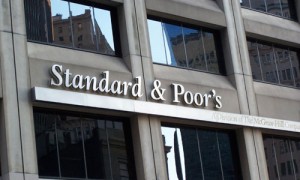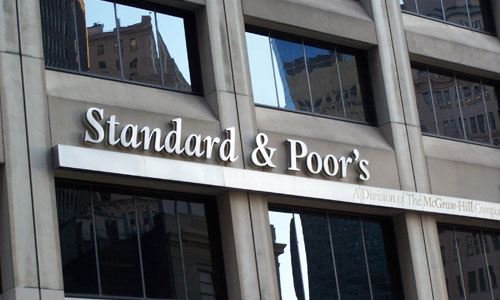 Standard & Poor’s Rating Services on Monday, July 4, said the surge in real estate prices in some pockets in India could emerge as a credit risk for banks. In its industry report, the global rating agency says: “A stable retail deposit base and a prudent regulatory environment also support the industry’s creditworthiness. Nevertheless, the surge in real estate prices in some pockets in India is a credit risk in our view.”
Standard & Poor’s Rating Services on Monday, July 4, said the surge in real estate prices in some pockets in India could emerge as a credit risk for banks. In its industry report, the global rating agency says: “A stable retail deposit base and a prudent regulatory environment also support the industry’s creditworthiness. Nevertheless, the surge in real estate prices in some pockets in India is a credit risk in our view.”
According to the latest data released by the National Housing Bank, property prices in seven cities across India dropped by 2.63% to 17.6% during the January to March quarter. In metros where prices fell, Bangalore was followed by Hyderabad (4.6%) and Kolkata (0.8%). Prices rose the most in Delhi, though at a modest 2.4%. Prices in Mumbai, Pane, Lucknow, Ahmedabad, Patna and Chennai went up marginally.
The rating agency expects the ratio to start declining in FY12, later than for banks in other regions. The decline would be on account of the Indian central bank permitting banks to restructure loans at the peak of the financial crisis without classifying them as non-performing. The bad loans ratio of Indian banks was about 2.6% in FY11.
“We expect the sector’s asset quality to improve in view of the economy’s sound performance. The banks could also benefit from limited loan concentration and India’s lower leverage than other Asian countries, in terms of a ratio of overall credit to GDP,” said Standard & Poor’s Credit Analyst Geeta Chugh. “We expect the non-performing loan ratio to start declining in FY12, later than for banks in other regions,” added Chugh.
Rising inflation, competition and evolving risk management practices could also impact the growth of the banking industry.
However, the Indian economy’s sound growth, favourable demographics and under-penetration are likely to benefit banks in the country. In the Economic Survey, the government had projected that India’s GDP growth would be between 8.75% and 9.25% this fiscal.
In its monetary review for the fiscal, the Reserve Bank pegged the GDP growth at 8%, lower than the 8.5% recorded in the previous fiscal. The central bank has hiked key policy rates 10 times since March 2010 in its bid to check price rise.





